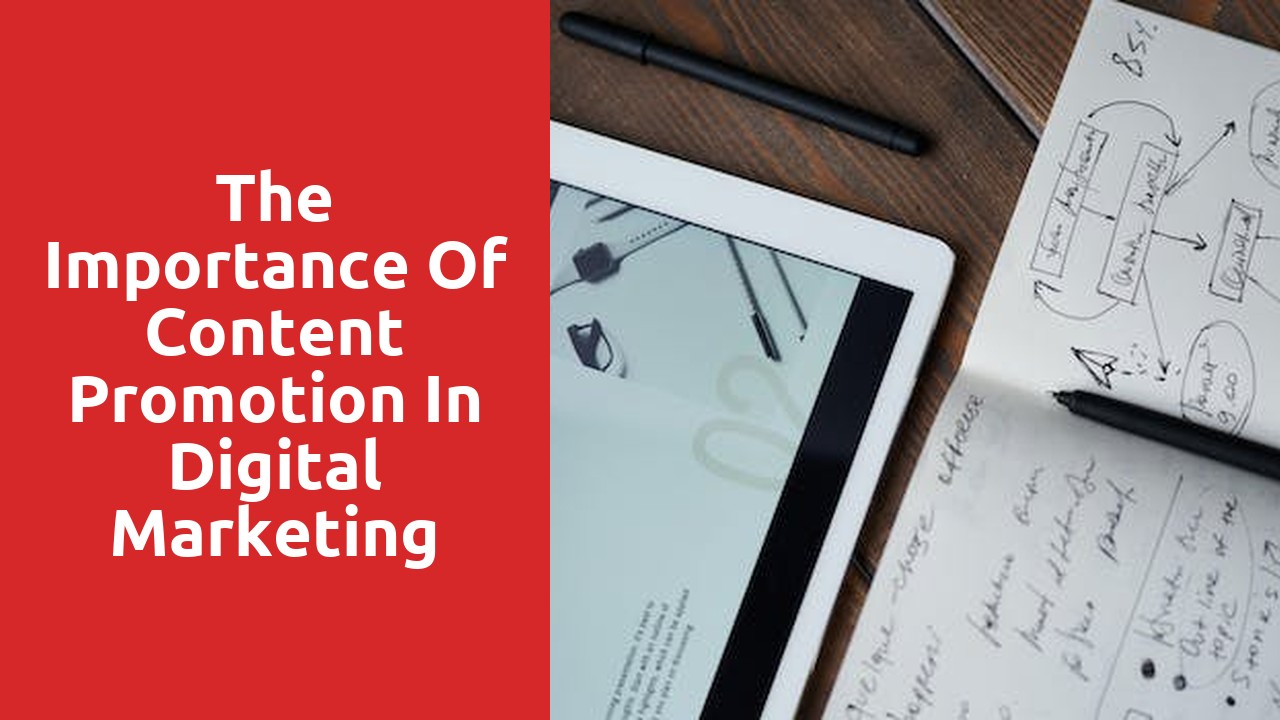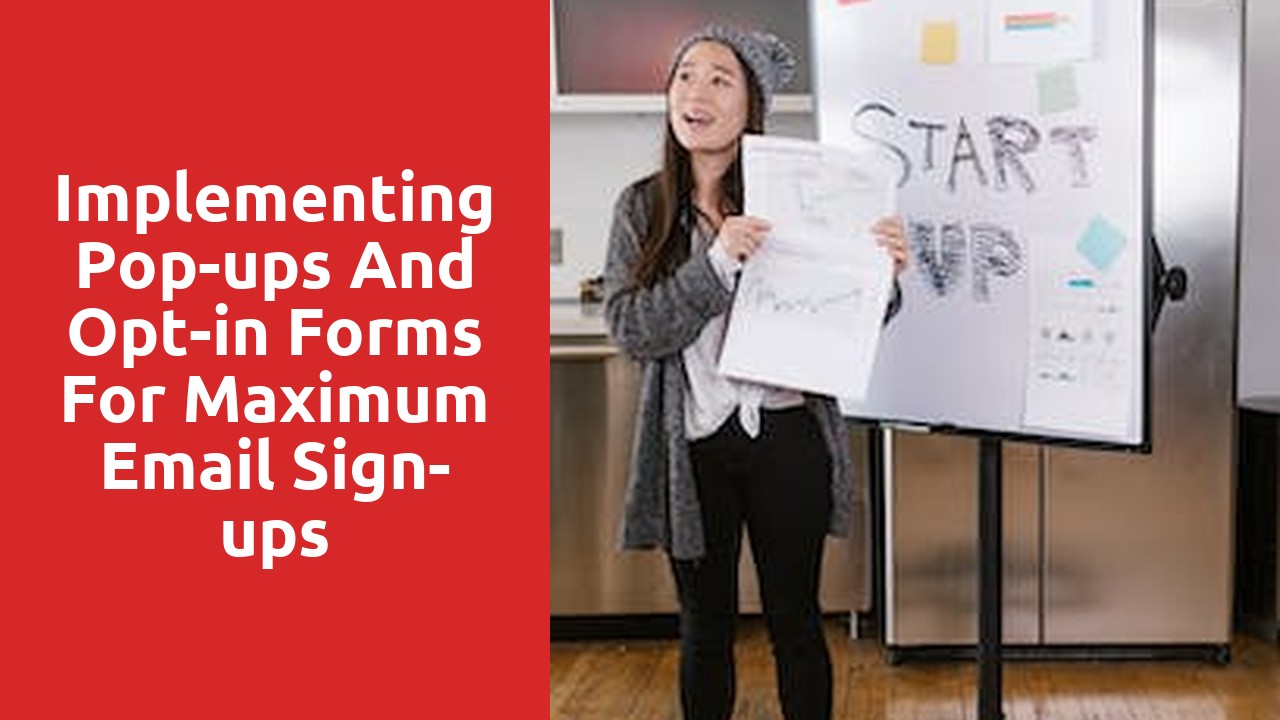The Importance of Compelling Subject Lines
When it comes to email marketing, compelling subject lines play a crucial role in capturing the attention of recipients. A well-crafted subject line is like a persuasive headline that entices readers to open the email and engage with its contents. In a world where people’s inboxes are flooded with countless emails every day, having a subject line that stands out from the crowd is key to ensuring your message gets noticed and read. A compelling subject line should be concise, clear, and creative, leaving the recipient curious and eager to explore what lies inside the email. It should convey the value or the benefit of the email, making it irresistible to ignore or delete.
Crafting an effective subject line requires strategic thinking and understanding your target audience. What motivates your readers? What piques their curiosity? By knowing your audience and tailoring your subject line to their needs and interests, you can increase the chances of your email being opened and read. Additionally, incorporating personalization in subject lines can make them more compelling and relevant to the recipients. Personalization can include using the recipient’s name, referencing past interactions, or highlighting specific offers or benefits that are tailored to their preferences. Ultimately, a compelling subject line holds the power to make or break the success of your email marketing campaign, so it’s worth investing time and effort to create one that truly captivates your audience.
Crafting Personalized and Relevant Email Content
Making a lasting impression through email marketing requires crafting personalized and relevant content that resonates with your target audience. One way to achieve this is by segmenting your email list based on various criteria such as demographics, preferences, or purchasing history. This allows you to send tailored messages that cater to the specific needs and interests of each segment, increasing the likelihood of engagement and conversions. Personalization goes beyond addressing recipients by their first names; it involves understanding their pain points, desires, and motivations. By capturing and analyzing data from multiple touchpoints, you can gain valuable insights into their behaviors and preferences, enabling you to create highly targeted content that speaks to their unique needs and wants.
Relevance is another crucial aspect of crafting effective email content. Sending generic emails that are irrelevant to your subscribers’ interests or needs will likely result in low open rates and high unsubscribe rates. Instead, take the time to understand your audience, their challenges, and their goals. Tailor your content to provide value and address their pain points directly. By thoroughly researching and understanding your target market, you can create email campaigns that are both informative and engaging. Remember, the goal is to build a relationship with your subscribers based on trust and mutual benefits. Provide them with content that is specifically designed to solve their problems or meet their needs, and they will be more likely to perceive your brand as being relevant and valuable to their lives.
Optimizing Email Design for Mobile Devices
In today’s fast-paced world, it is crucial to ensure that your email design is optimized for mobile devices. With more and more people accessing their emails on the go, it is essential that your messages are easily readable and visually appealing on smaller screens. A poorly designed email that doesn’t adapt well to mobile devices can not only result in a frustrating user experience but also significantly impact your email engagement and conversions.
To optimize your email design for mobile devices, start by keeping your message concise and to the point. Mobile users tend to have shorter attention spans, so it is essential to make your content easily scannable. Use short paragraphs, bullet points, and subheadings to break up the text and make it more visually appealing. Additionally, make sure to use a responsive email template that adjusts its layout based on the screen size. This ensures that your message looks great across various mobile devices, whether it’s a smartphone or a tablet.
Segmenting Your Email List for Targeted Messaging
Segmenting your email list is a powerful strategy for delivering targeted messaging to your subscribers. By categorizing your subscribers based on their interests, demographics, or behaviors, you can tailor your emails to specifically meet their needs and preferences. This not only increases engagement but also boosts the likelihood of conversions and sales.
To effectively segment your email list, start by gathering as much data as possible about your subscribers. This can include information such as age, gender, location, purchase history, and browsing behavior. Once you have this data, analyze it to identify common patterns or characteristics among your subscribers. This will help you create meaningful segments that allow for personalized and relevant communication. Remember, the more specific and tailored your messaging is, the more likely your subscribers will be to respond positively to your emails.
A/B Testing to Determine the Most Effective Email Elements
Paragraph 1:
When it comes to email marketing, one of the key challenges is finding the elements that will resonate the most with your audience. That’s where A/B testing comes in. By conducting careful experiments, you can gain valuable insights into what works and what doesn’t in your email campaigns. A/B testing involves creating two versions of an email, with only one element being different between them. This could be the subject line, the placement of a call-to-action button, or even the color scheme. By sending these variations to different segments of your subscriber list, you can compare their performance and determine which version is the most effective.
Paragraph 2:
The beauty of A/B testing lies in its ability to provide concrete data about the impact of different email elements. Instead of relying on guesswork or assumptions, you can gather evidence-based insights to drive your decision-making process. For example, if you’re unsure whether a humorous or a serious tone is more suitable for your audience, A/B testing can give you clarity. By analyzing metrics such as open rates, click-through rates, and conversions, you can identify the approach that leads to the best results. Ultimately, A/B testing enables you to fine-tune your email marketing strategy and optimize it for maximum engagement and success.
Leveraging Social Proof and Testimonials in Email Campaigns
Email campaigns have become a popular and effective marketing tool for businesses of all sizes. However, with increasing competition and a growing abundance of promotional emails, it can be challenging to capture the attention of your target audience. This is where leveraging social proof and testimonials can make a significant impact.
Incorporating social proof in your email campaigns creates a sense of credibility and trust among recipients. When potential customers see that others have had a positive experience with your product or service, they are more likely to consider your offer. By including customer reviews or ratings in your emails, you can showcase the positive experiences others have had, enticing recipients to take action. Furthermore, sharing testimonials from satisfied customers can help to build brand loyalty and establish your business as a reputable and reliable option in the marketplace.














